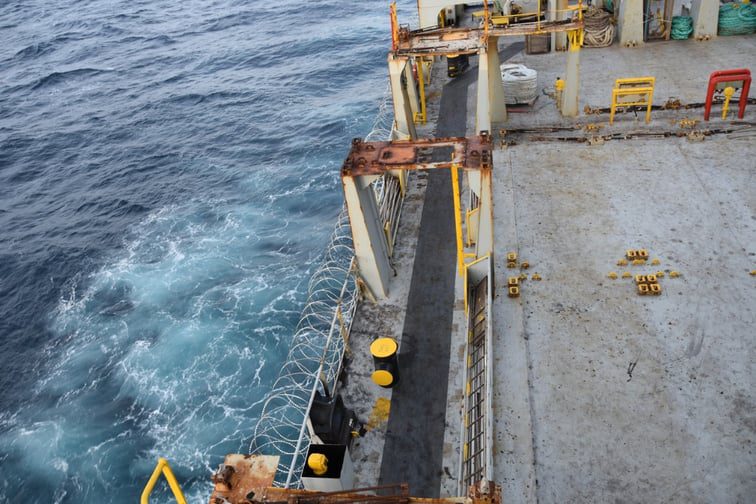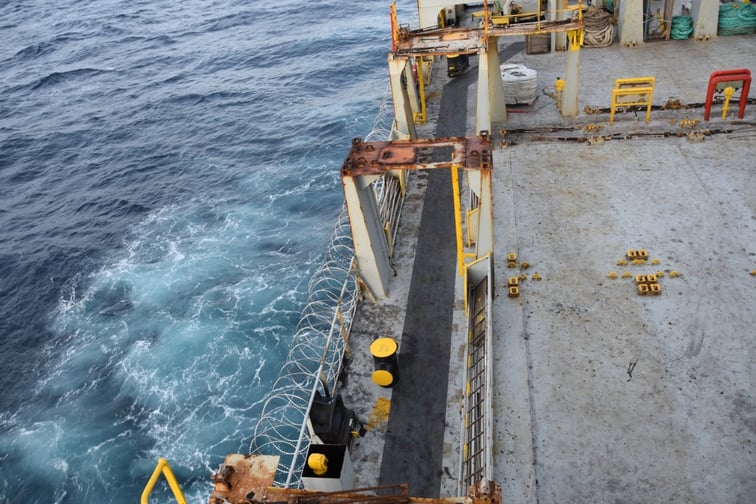
Company will move away from its geographical-based structure

Pacific Life Re has announced a significant restructuring of its organizational framework, aimed at enhancing client support and facilitating the company’s growth objectives.
Transitioning from a geographical-based structure, Pacific Life Re will now operate under a product-based management system, focusing on two principal lines of business: protection and savings & retirement.
The restructured approach is designed to enable Pacific Life Re to expand its reinsurance portfolio by addressing client needs across various markets. The global protection business will now be under the leadership of Andrew Gill, an existing member of the executive committee. Gill previously served as EVP for Asia and Australia.
The savings and retirement division, which encompasses the company’s existing work in longevity and global funded solutions (GFS), will be managed by Phill Beach. Beach, known for his role in the development of the GFS business, will join the executive committee as part of this new alignment.
Dave Howell, CEO of Pacific Life Re, commented on the organizational changes, emphasizing their importance and potential impact.
“We have grown tremendously over the years thanks to the strong relationships with our clients. However, we also recognize that the insurance market is constantly evolving, and we need to adapt to meet growing demands,” Howell said.
Howell further elaborated that the new structure would enable Pacific Life Re to utilize its global expertise and best practices more effectively within each business line. Additionally, the restructuring is anticipated to create more career development opportunities within Pacific Life Re, benefiting its workforce.
What are your thoughts on this story? Please feel free to share your comments below.
Keep up with the latest news and events
Join our mailing list, it’s free!

This page requires JavaScript


















